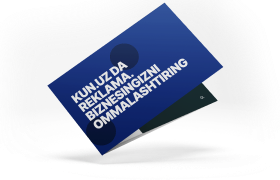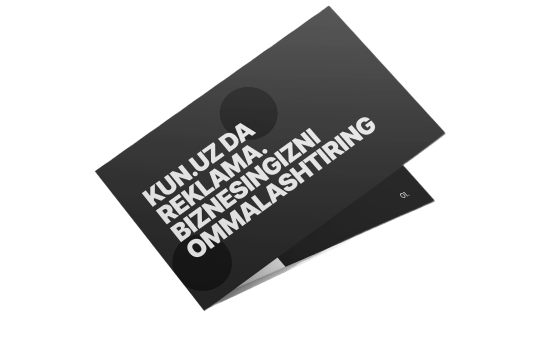Lemon prices in Uzbekistan triple amid global supply challenges
The price of locally grown lemons in Uzbek supermarkets has reached 70,000 UZS per kilogram – several times higher than during the same period last year. According to EastFruit analysts, this sharp increase is linked to rising import prices due to a lemon crisis in Turkey, along with a reduction in domestic stockpiles.
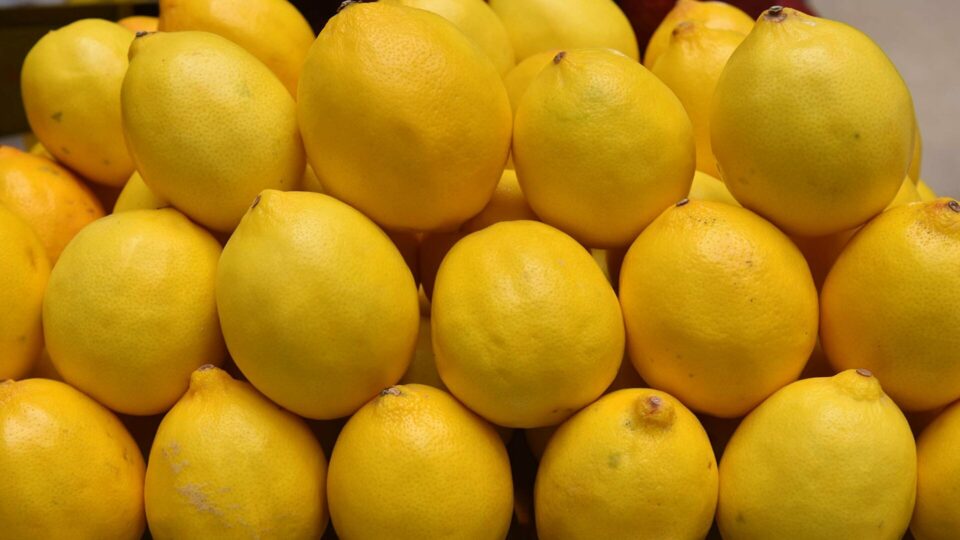
Lemon prices in Uzbekistan have surged dramatically. EastFruit experts report that this typically affordable fruit is now breaking all previous price records. Traders in the fruit and vegetable market are warning that prices may climb even higher.
Over the past four weeks, lemon prices in Uzbekistan have soared by 65%, reaching a record high. Moreover, the current price is nearly three times higher than it was during the same period in 2024.
As of June 12–13, 2025, the lowest retail price for fresh lemons in major supermarkets in the capital was 53,000 UZS per kilogram (approximately $4.19). A month earlier, the price was 32,000 UZS ($2.48), and a year ago, in June 2024, it was around 17,000 UZS ($1.35).
EastFruit analysts point to two key factors driving this sharp price hike:
The lemon crisis in Turkey
Due to the dominance of imported produce in the Uzbek market, lemon prices are heavily influenced by external markets. The main factor this year is the situation in Turkey – the world’s largest lemon exporter. In the 2024/2025 season, unfavorable weather conditions in Turkey led to a significant decline in lemon yields and a drop in quality.
In early April, the Turkish government even announced a ban on lemon exports in an attempt to stabilize domestic prices, although the ban was lifted the very next day. Nonetheless, prices continued to rise sharply on the global market.
By early May 2025, lemon prices in Turkey had reached 60 Turkish lira per kilogram (around $1.56), which is 3–4 times higher than during the same period the previous year. Prices have continued to rise since then.
Because logistics costs for delivering imported goods to Uzbekistan are quite high, domestic prices are rising accordingly.
The Turkish lemon season is now nearly over, as the country had very limited reserves this year. As a result, Uzbekistan has begun importing lemons from Southern Hemisphere countries, including faraway Argentina. Interestingly, imported lemons are currently being sold at lower prices than local ones.
Declining domestic reserves
The second factor is seasonal. In Uzbekistan, the most commonly grown and consumed lemon variety is the Meyer lemon, often referred to simply as “local lemon.” Given the country’s climate, lemons are grown in enclosed spaces – both heated and unheated greenhouses.
Lemon cultivation is largely managed by small-scale producers who harvest three times a year: August–September, October–December, and January–February.
The highest-yielding season is from October to December. As a result, local lemons remain available on the market mainly until May, when warehouse stocks are typically depleted.
By early summer, local lemon supplies have usually run out, triggering a steep price increase. As of June 12–13, 2025, the retail price of local lemons in supermarket chains stood at approximately 70,000 UZS per kilogram ($5.53).
In contrast, lemons imported from Argentina are more affordable, priced at 53,000 UZS ($4.19) per kilogram. Over the past few years, relatively low and stable lemon prices from May to October have been largely maintained thanks to imports.
According to EastFruit experts, a significant drop in prices is only expected in October–November, once the new harvest season begins.
Related News

11:19 / 08.08.2025
Uzbekistan’s electric vehicle imports surge, driven by Chinese manufacturers

11:38 / 31.07.2025
Abbosbek Fayzullaev joins Istanbul Başakşehir on five-year deal
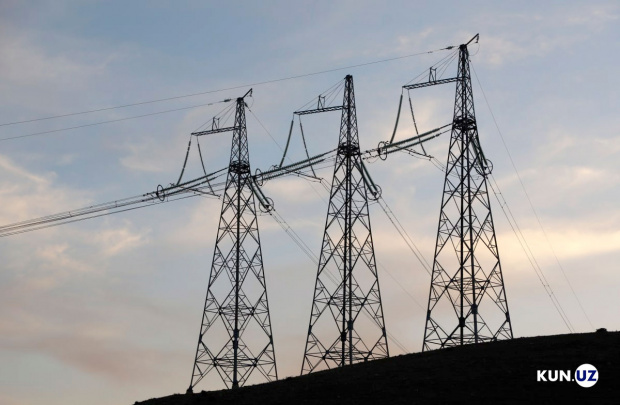
16:58 / 24.07.2025
Uzbekistan boosts electricity exports amid ongoing outages
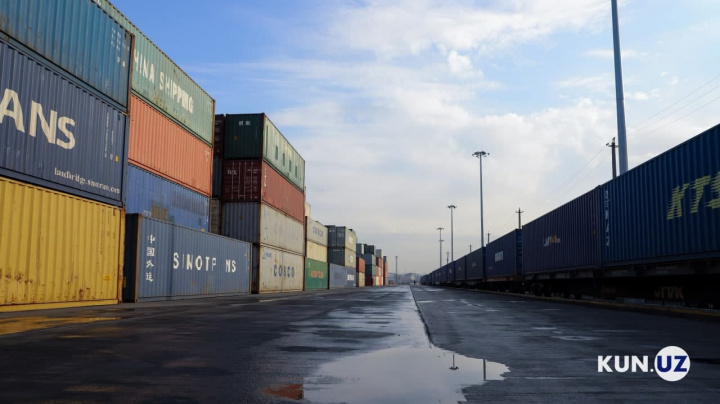
23:02 / 23.07.2025
